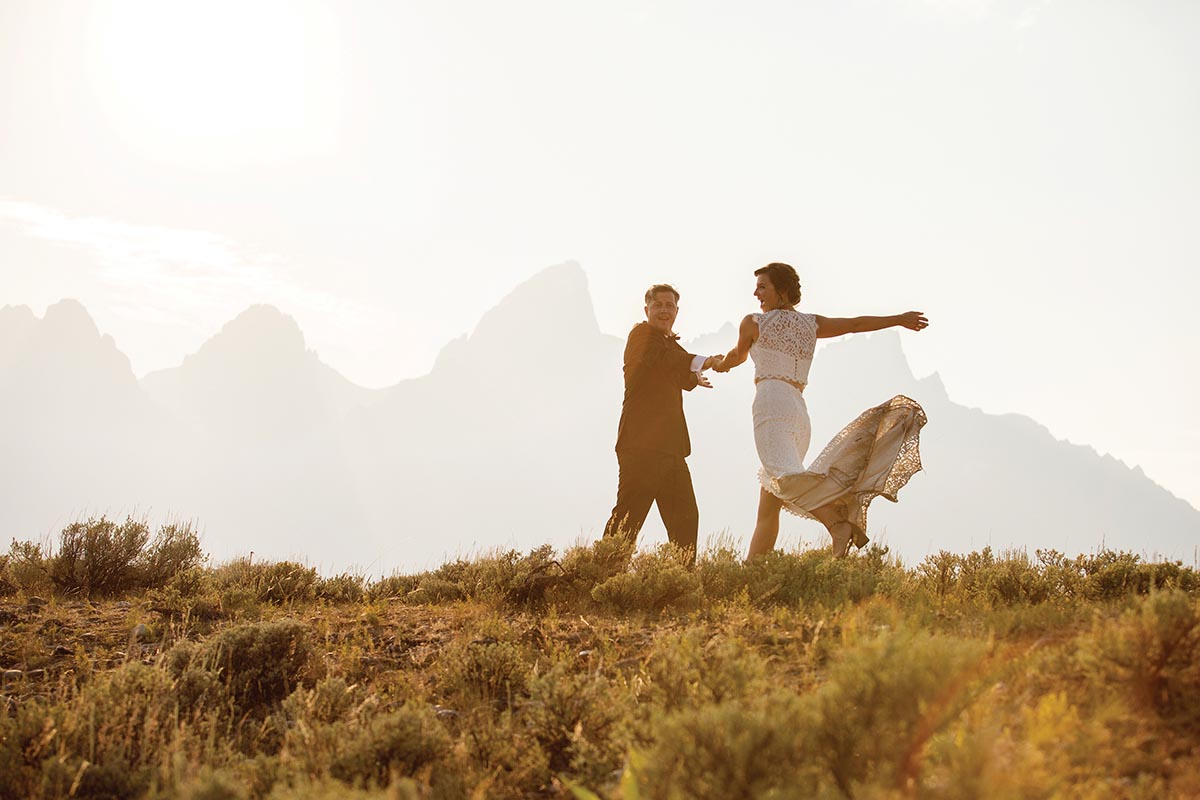On Jan. 24, Grand Teton National Park released new rules governing wedding and portrait photography within the park. But it took three to four weeks for word of the change to get to Jay Nel-McIntosh, owner of Jay Photography. Based in Jackson Hole, Wyoming, Nel-McIntosh is a wedding and portrait photographer who regularly photographs clients in Grand Teton.
“It snuck under the radar,” Nel-McIntosh says of the rules, with no prior notice to the public that changes were even on the horizon. “There was no actual announcing it,” she says. “Basically, people didn’t know about it.”
Nel-McIntosh learned of the rules from a fellow photographer and felt the effects on her business soon after. A wedding client contacted her in a panic: She wasn’t able to secure her first-choice wedding venue in Grand Teton National Park due to the change in regulations. That’s when Nel-McIntosh pulled up the Grand Teton website and dug into the new guidelines.
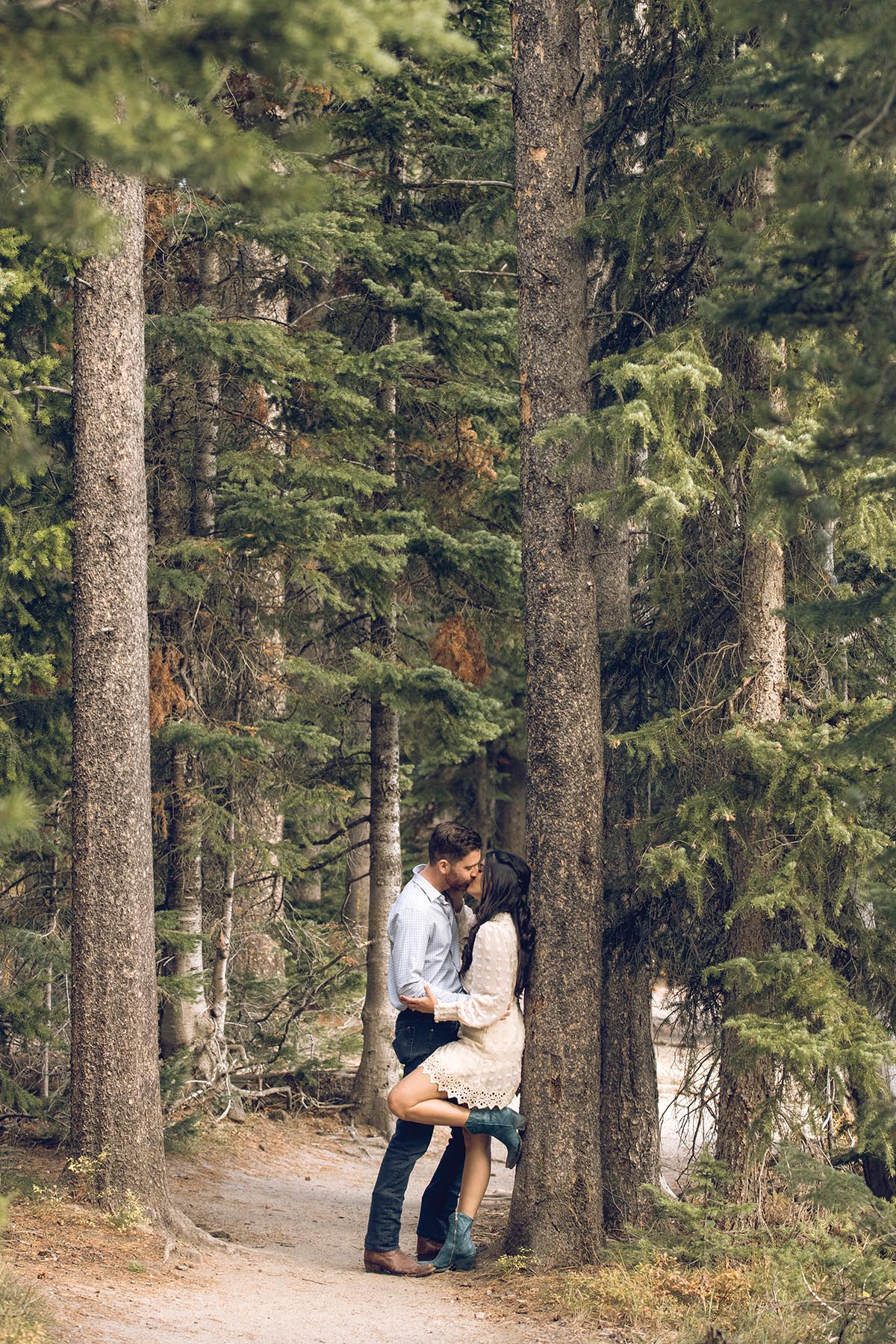
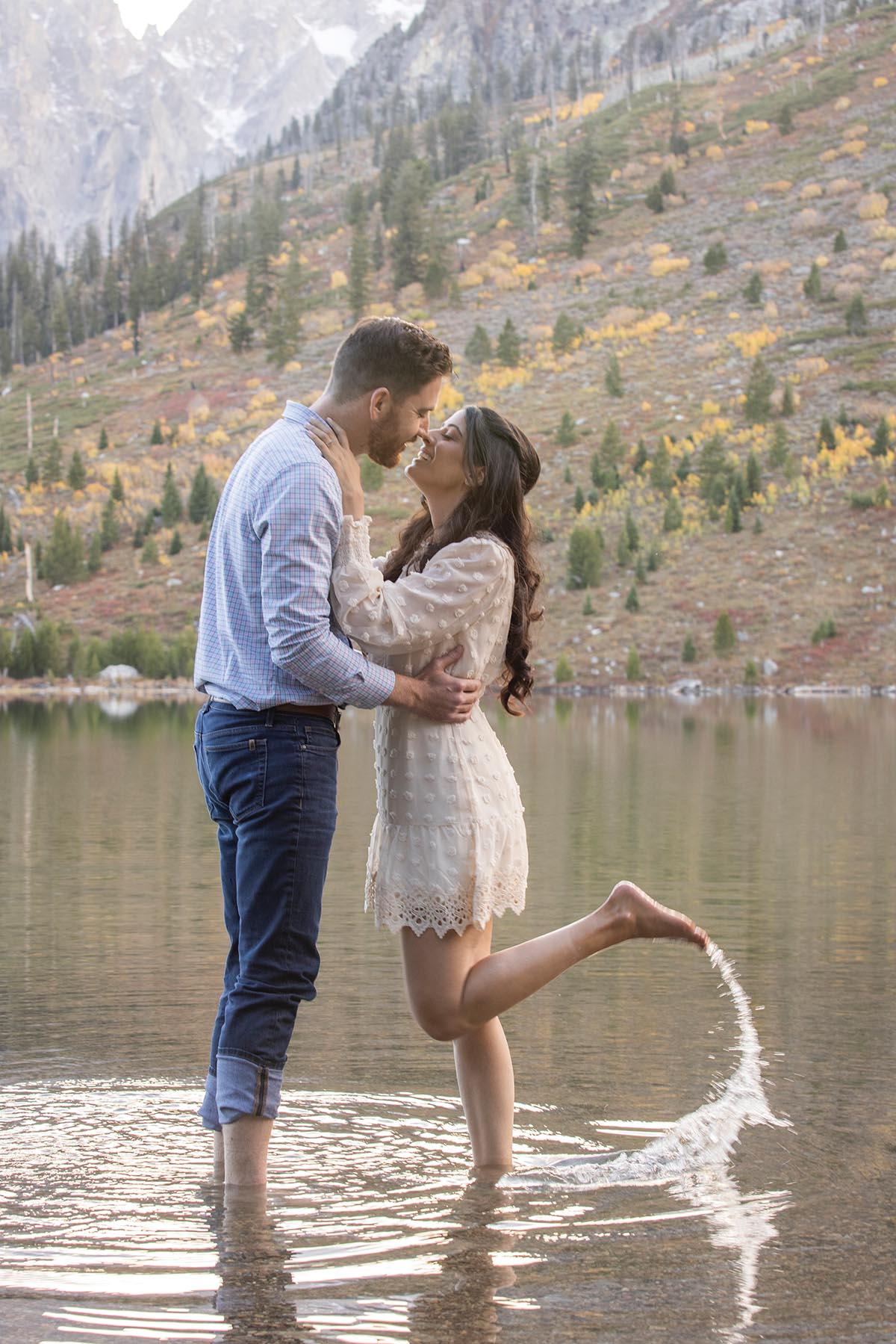
The altered rules were as follows: Wedding and portrait photographers were required to apply for a $300 commercial use authorization permit to make photos of clients in the park. This permit required the photographer to be CPR certified, wear a nametag while working in the park, carry general liability insurance that included coverage for inside the park, pay a monitor to observe their photography work in the park (when deemed necessary by the park), and pay Grand Teton National Park 3% of their earnings from each session they had in the park. With a permit, wedding photographers were allowed to photograph weddings of up to 40 guests at six designated venues in the park. But photographers were no longer allowed to be present at dispersed wedding ceremonies of 12 people or fewer in other areas of the park. Portrait sessions were allowed only within a half-mile of any road in the park, and photographers were required to provide 30 days’ advanced notice of those sessions.
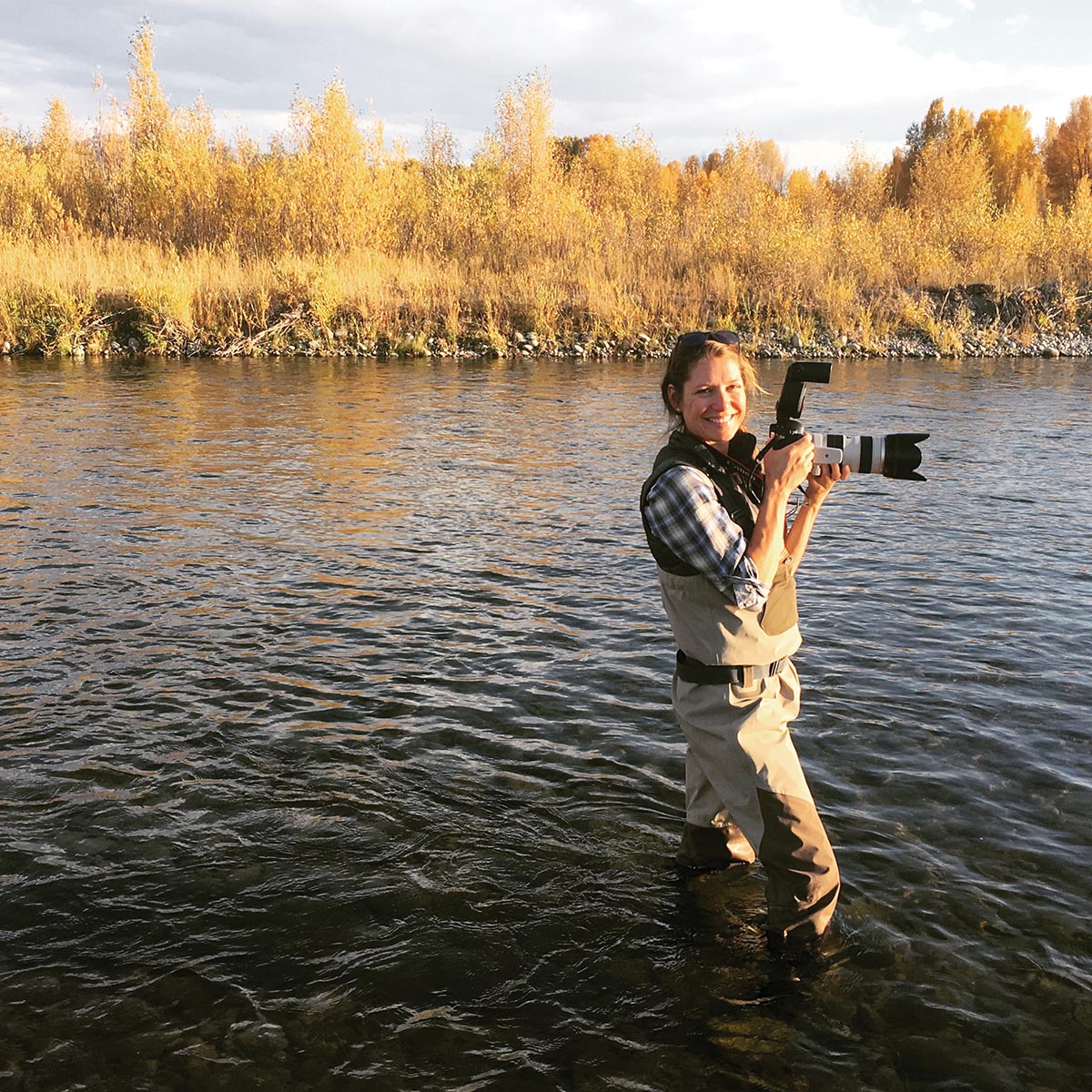
Jay Nel-McIntosh
The rules were a blow to Nel-McIntosh’s business. She often photographs elopements involving fewer than 12 people in the park and would no longer be permitted to attend those ceremonies. Clients who book her for wedding proposals often like to hike farther into the park for privacy and unique backdrops, but now they’d be limited to the more congested areas. Families visiting Jackson Hole on vacation wouldn’t be able to book Nel-McIntosh on short notice for a family portrait session in the park because of the 30-day advanced notice requirement.
And then there was the matter of paying the park 3% of her earnings from each session or wedding. How was that to be calculated, she wondered? Was it 3% of the billable time she spent making photographs on park grounds or would that percentage also include the time she spent editing the photos in her studio? Either way, it seemed like an accounting nightmare.
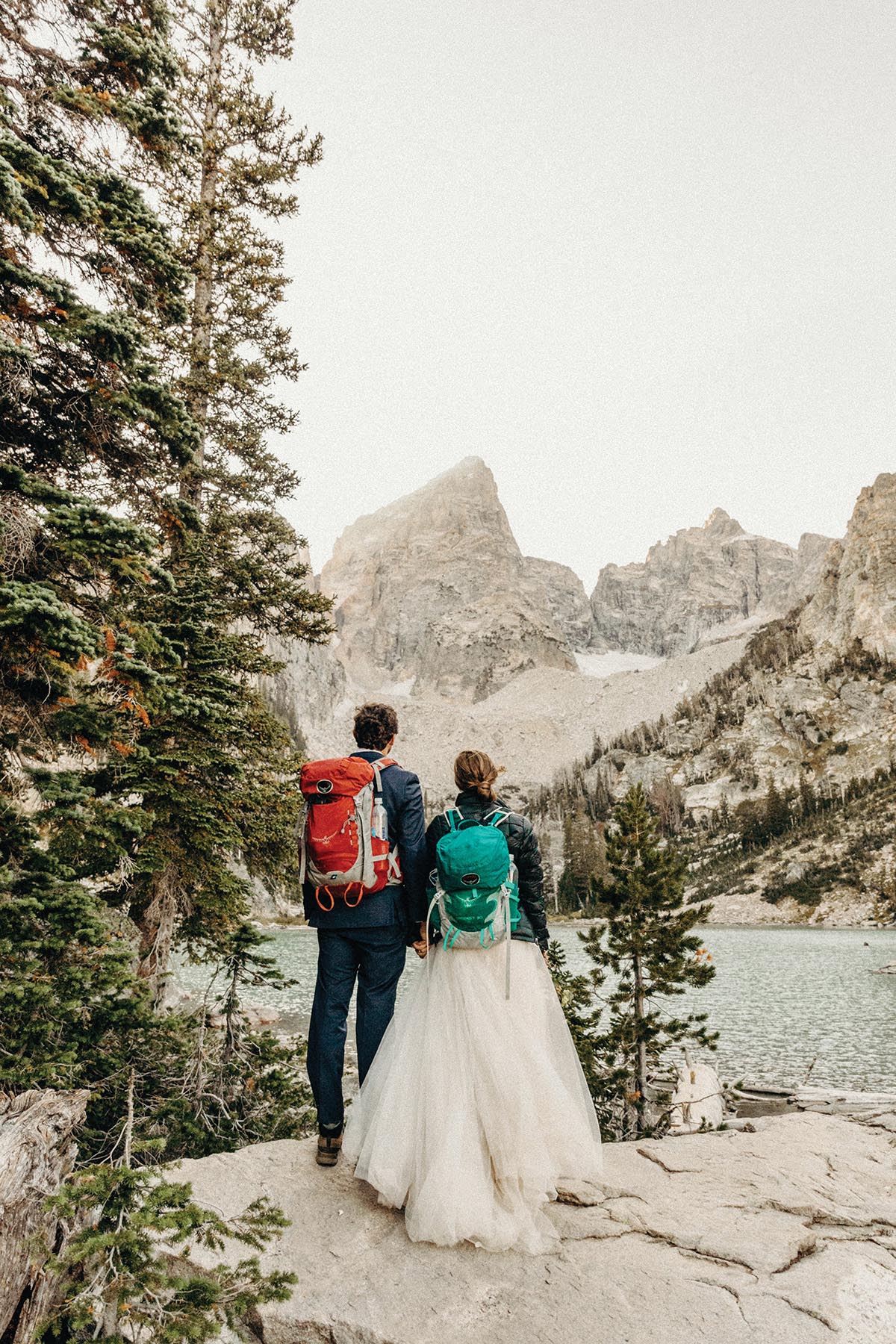
PUSHING BACK
Nel-McIntosh wasn’t the only photographer surprised and perplexed by the new rules. “None of the photographers around here are against permitting; it’s just finding a balanced way to do it,” she says. She credits local photographer Erin Wheat with spearheading a response, corralling area photographers onto an email chain to discuss who they should contact to oppose the new rules.
“Having grown up in the Park Service and having some familiarity with National Park Service policies, I immediately had concerns about the unprecedented actions Grand Teton National Park was taking,” says Wheat. She began researching First Amendment media rights, the implications of Price v. Barr, and the National Park Service policies on photography. Then she wrote a letter to Grand Teton National Park addressing concerns and seeking a collaborative effort to a better policy, she says. She shared key talking points with other photographers and vendors in the area to use in their own communications with the park. After receiving no response to letters or phone calls, the group began reaching out to other organizations for assistance, including Professional Photographers of America.
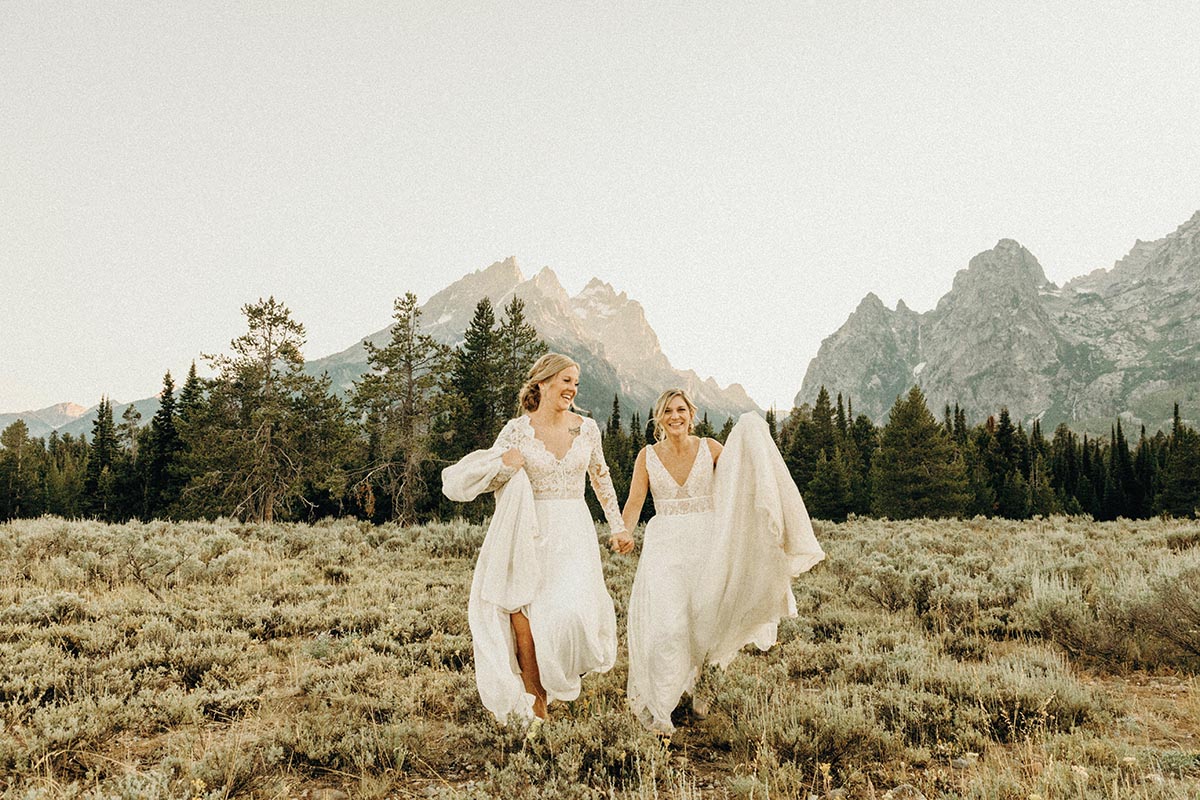
According to PPA Government Affairs Manager Luc Boulet, Grand Teton National Park had implemented the new rules without public input. “Photographers were justifiably outraged,” he says. The national park hosted a call to address the new rules, which PPA representatives attended, but indicated that it wasn’t seeking public input and the rules were final, which ignited additional frustration in the photography community.
PPA went into action. Boulet gave Nel-McIntosh a list of staffers working in the office of Wyoming Sen. John Barrasso as well as U.S. Department of Interior employees in Washington, D.C., with authority over the national parks. A letter with over 400 signatures from photographers, wedding planners, officiants, brides, and grooms was sent to those individuals.
PPA voiced its concerns to Barrasso’s office, which authored a letter to the National Park Service challenging the rules and reached out directly to the leadership staff at Grand Teton National Park, an action that proved pivotal. PPA then signed a letter by the National Press Photographers Association to Grand Teton National Park that “shaped the legal framework behind why these permits for wedding and portrait photographers were not in keeping with the First Amendment,” Boulet says.
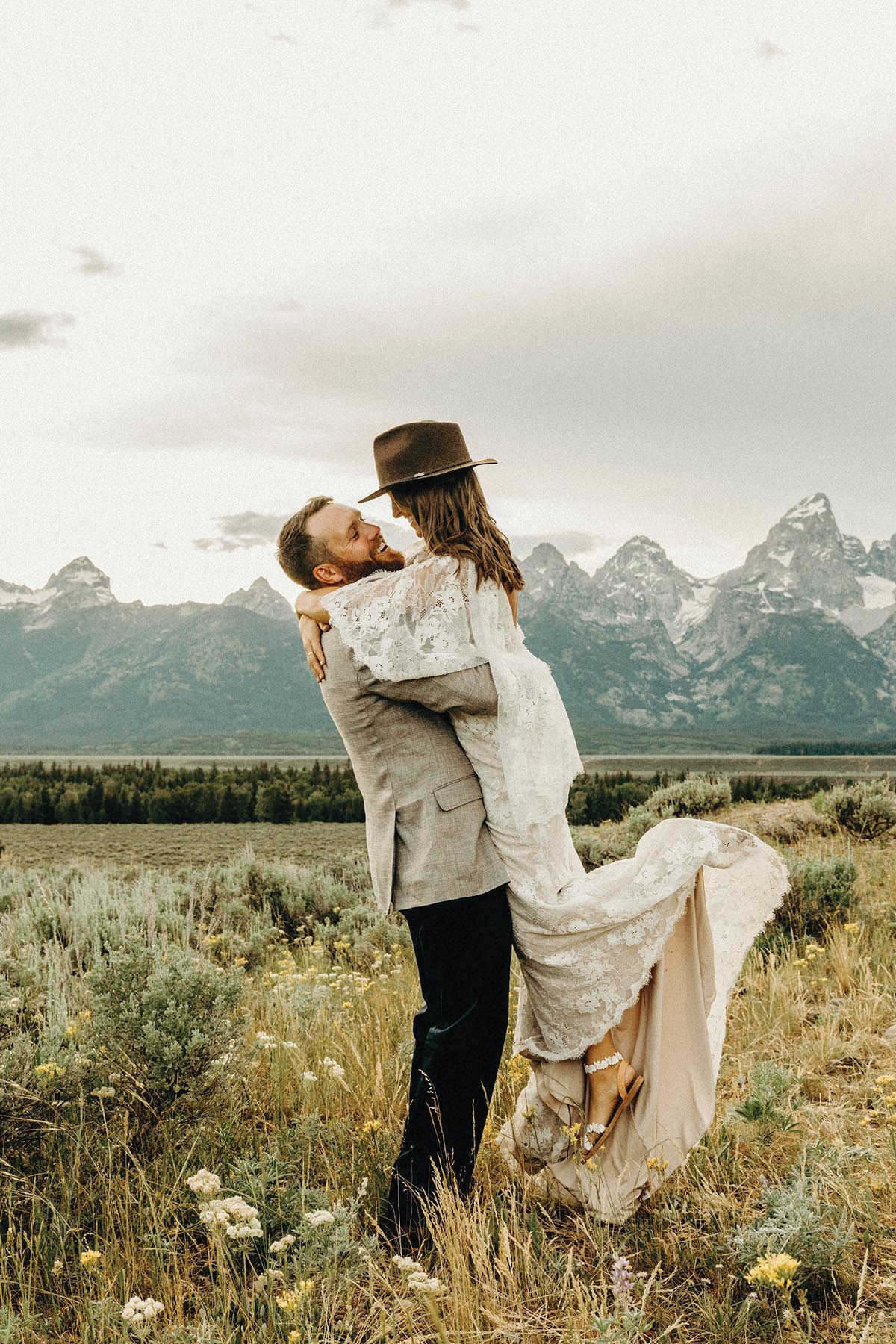
PPA doesn’t oppose permitting within national parks where there’s impact to parks’ natural wonders, explains Boulet. But the nonprofit doesn’t condone permitting based solely on commercial use where there is no impact. “Congress has stated that a tripod is not a prop, and an individual that you take a photo of is not a model necessarily, so the assertion that there is impact because of models and props in still photography is fairly moot,” he says. He also points out that nature and landscape photographers were exempt from the new rules laid out for wedding and portrait photographers.
“Photography has existed in the national parks since before their founding,” Boulet continues. “It was protected by the First Amendment then and should be protected by the First Amendment now under freedom of expression. Part of that First Amendment freedom of expression is that there is no distinction between commercial and non-commercial expression—whether you are being paid for your expression or not. A painter is protected by the First Amendment if they get paid for the painting or not.”
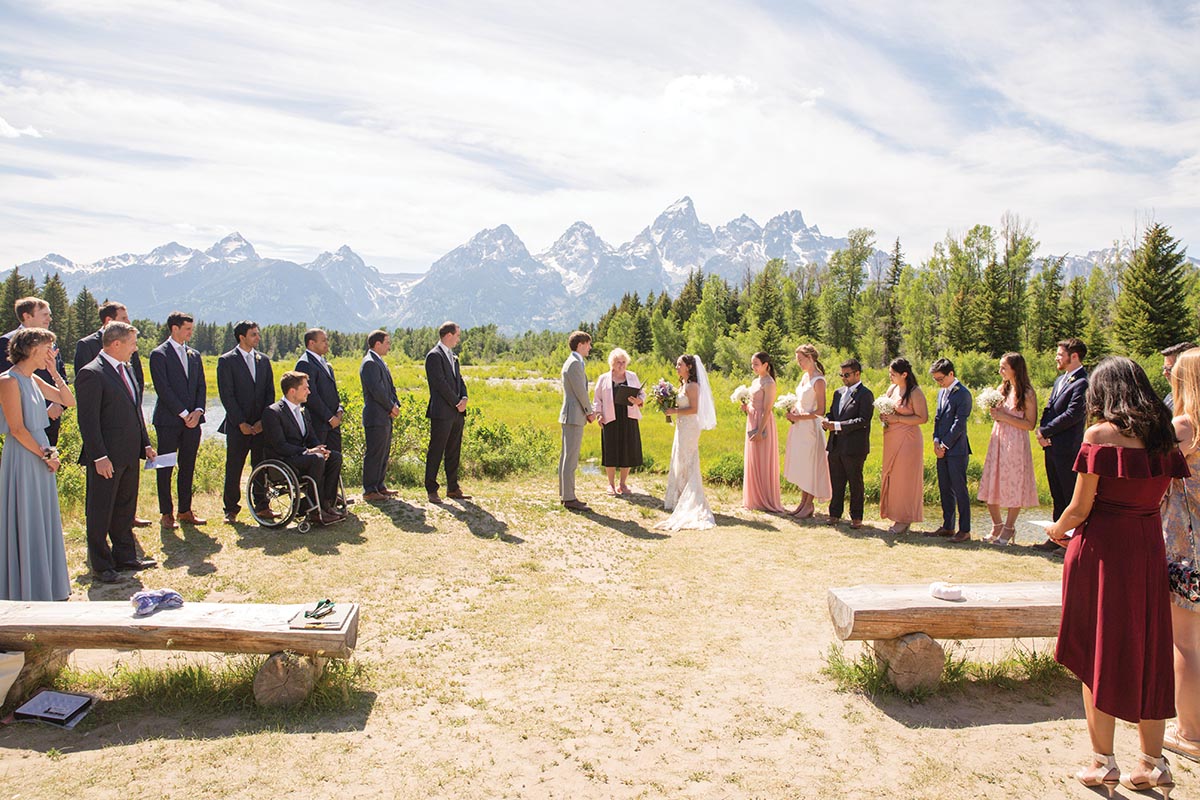
WIN-WIN
Thanks to the efforts of photographers on the ground, PPA, the National Press Photographers Association, the American Society of Media Photographers, the North American Nature Photography Association, and Barrasso’s office, Grand Teton National Park rescinded its rules. Portrait photographers need not apply for a permit, and wedding photographers are accounted for under the permit applied for by the couple or wedding planner.
Further, the National Park Service has launched a review of its portrait photography policies across all 50 states and territories. Currently, each national park sets its own rules for wedding and portrait photography on park grounds; those policies are made by the superintendent of the park, who has the authority to dictate any policy that mitigates impact on the park. This means that rules vary vastly from park to park. Barrasso’s office is looking into an overarching legislative fix for all national parks.
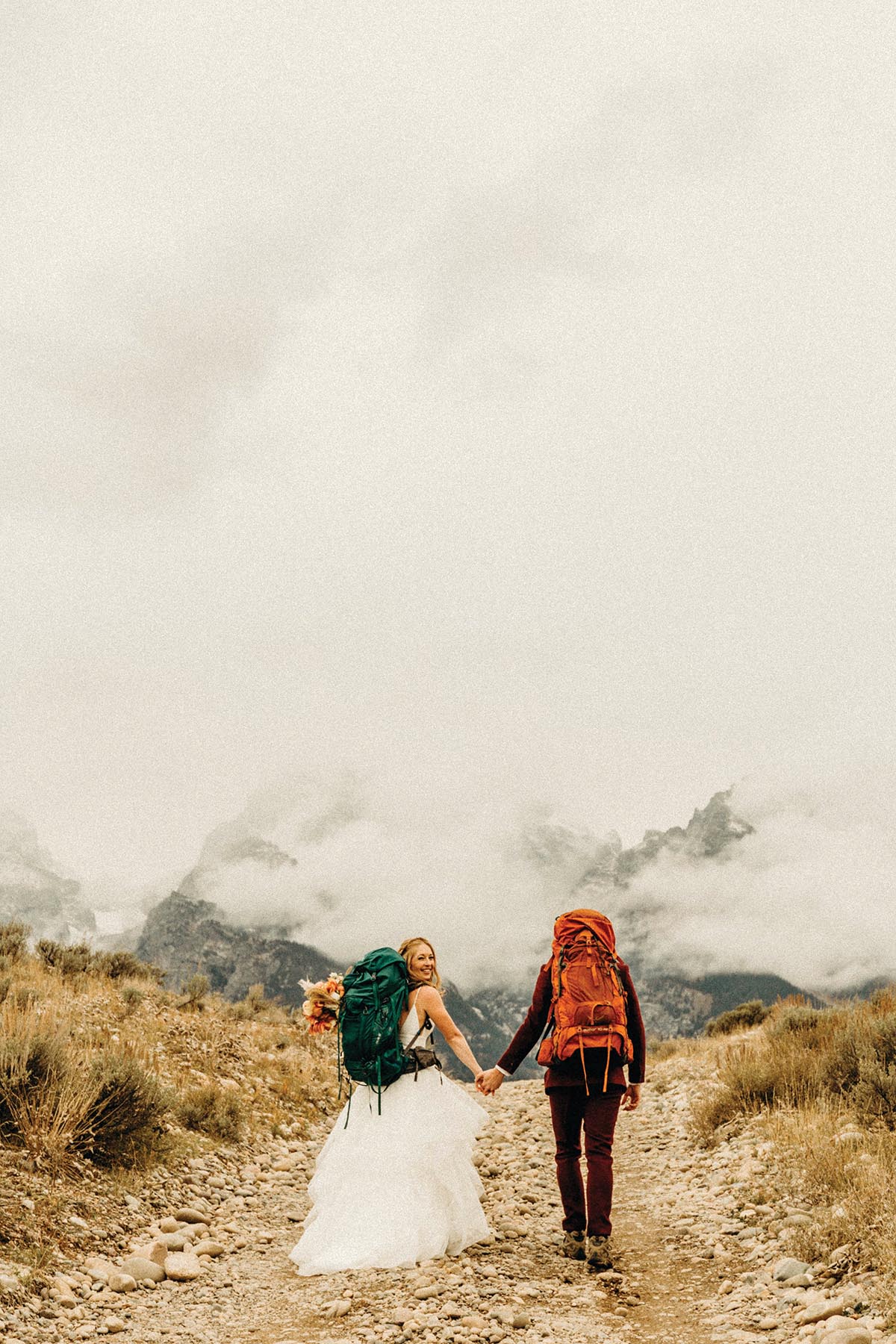
Photographers’ impact on the national parks is so light, says Cindi Merifield, lobbyist and founder of R2P Strategies, which represents PPA in Washington, D.C., on legislative issues. “The most they use is a tripod. And most of the photographers are local photographers, so they are very familiar with the park and it’s something that’s important to them as well.”
Nel-McIntosh agrees: “We really want to work with the park to be a steward for the land.” She notes that during photo sessions she is cognizant of leaving no trace, carries bear spray, and advises clients, for example, not to walk through native sagebrush. “So actually, having a photographer with you is ideal.” She believes portrait and wedding photographers benefit the national parks by educating and guiding clients to respect the land.
“This should ideally be more of a discussion we all have together about how we can help you [the national park],” she says, “rather than them trying to ban us from those places. We live here and want to preserve it and continue to enjoy it as well. Having us working with the park could be a great asset to them.”
Amanda Arnold is a senior editor.

